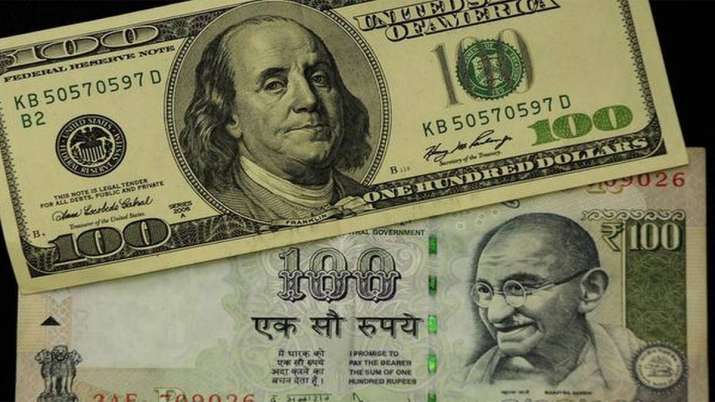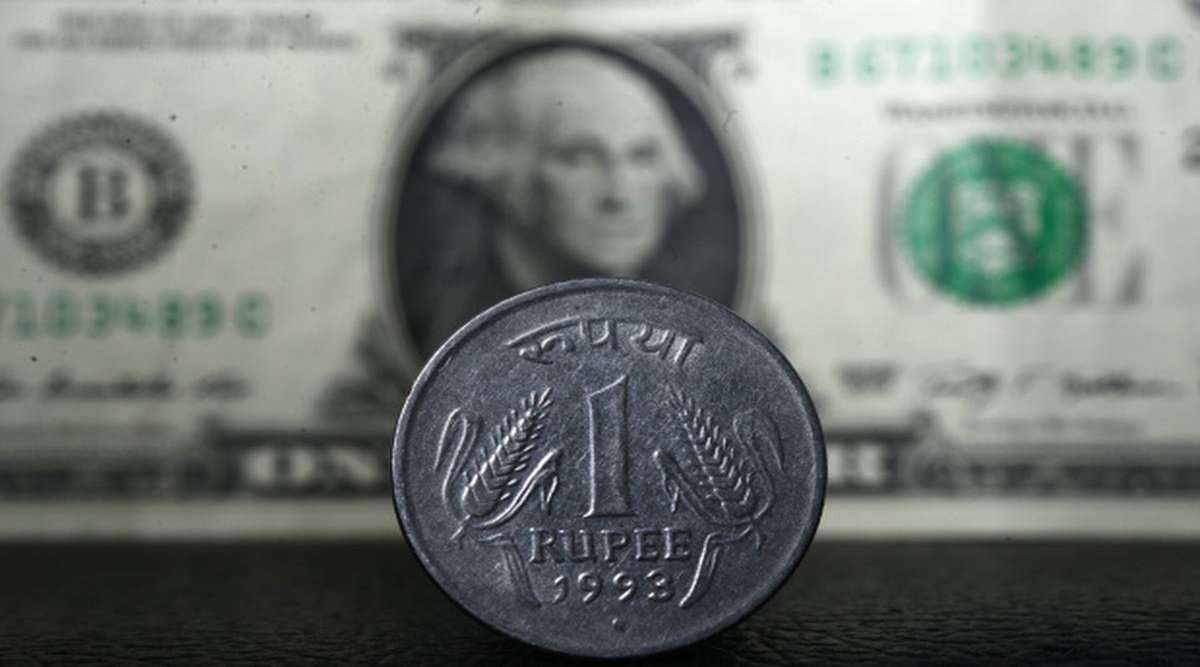Oil prices slipped during Asian trade on Monday as the prospect of further interest rate hikes in the United States and Europe to end inflation and the imposition of strict COVID-19 restrictions in China overshadowed the global demand outlook. Brent crude futures dropped 78 cents, or 0.9%, to $86.01 a barrel, after settling 4.1% higher on Friday. U.S. West Texas Intermediate crude was at $92.11 a barrel, down 73 cents, or 0.8%, after a 3.9% gain in the previous session.
The Organization of the Petroleum Exporting Countries (OPEC) and its allies, notably Russia, a group known as OPEC+, nominally reduced their output last week, but the gains were negated by continuous lockdowns in China, the world’s largest importer of petroleum. Due to Beijing’s zero-COVID policy, which encourages people to stay at home for the holidays and lowers gasoline consumption, China’s oil demand may decline this year for the first time in twenty years.
The Federal Reserve and the European Central Bank are preparing to raise interest rates further to combat inflation, which might enhance the value of the dollar relative to other currencies and raise the price of oil priced in dollars for investors. Even still, the supply of oil may tighten further by the end of the year as a result of the European Union’s ban on Russian oil, which will go into force on December 5.

